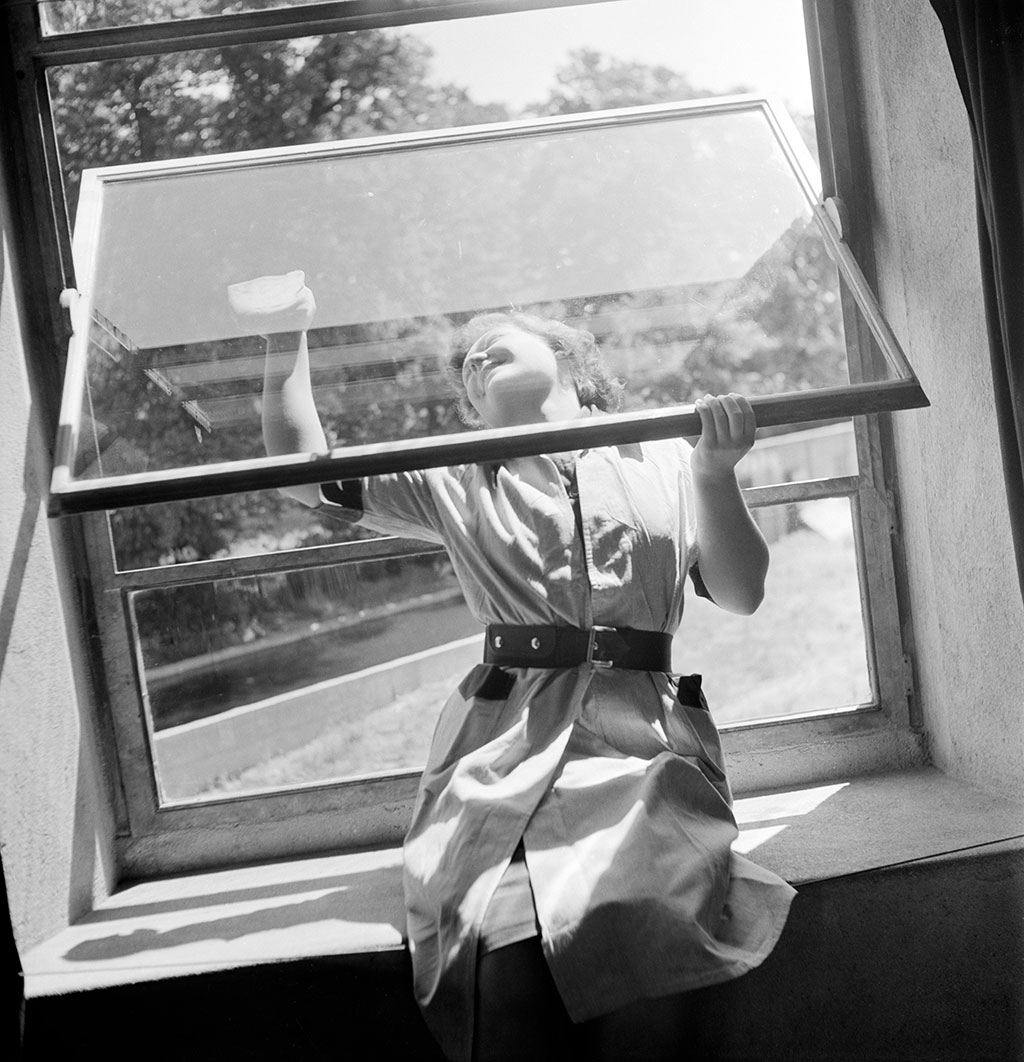PHOTO:Lee Miller-A Photographer Between War and Glamor
 Elizabeth “Lee” Miller was an outstanding photographer and a strong, modern woman. Her desire for self-determination is extraordinary even by today’s standards: at Vogue, where she was initially employed as a sought-after model, she moved behind the camera in the 1930s. As a muse she influenced the surrealist Man Ray, before leaving him to pursue her own career. Miller did not bother with conventions, neither privately nor professionally, and went her own way as an artist, portrait photographer, and war reporter.
Elizabeth “Lee” Miller was an outstanding photographer and a strong, modern woman. Her desire for self-determination is extraordinary even by today’s standards: at Vogue, where she was initially employed as a sought-after model, she moved behind the camera in the 1930s. As a muse she influenced the surrealist Man Ray, before leaving him to pursue her own career. Miller did not bother with conventions, neither privately nor professionally, and went her own way as an artist, portrait photographer, and war reporter.
By Dimitris Lempesis
Photo: Museum für Gestaltung Zürich Archive
Lee Miller’s self-portrait in Hitler’s bathtub went around the world after its first publication in 1945. Yet this outstanding photographer’s oeuvre is far more multifaceted. Her photo reportages from war areas are contrasted with glamorous fashion spreads. Both visual worlds have in common the artist’s surrealist view and Vogue as a client. The monographic exhibition “Lee Miller – A Photographer Between War and Glamor” is divided into the photographer’s various creative periods and features some 200 photographs. They come from the private estate of the Lee Miller Archives in East Sus-sex, United Kingdom. Lee Miller’s photographic material was discovered in her attic in 1977 shortly after her death, and the archives were established in 1982. In the shimmering New York of the 1920s, the daughter of an amateur photographer was initially interested in stage design and lighting before she happened to run into Condé Nast, the publisher of the legendary Vogue, and he spontaneously hired her as a photography model at the age of 19. With a trendy short haircut, she soon graced the cover of American Vogue and became a model for the most famous photographers of the 20th century. In 1929 Lee Miller emigrated to Europe, where she switched to behind the camera and joined the progressive Parisian art scene. She specifically sought contact with avant-garde photographer and artist Man Ray, under whom she quickly grew beyond her initial role as an assistant and muse. Indeed, she turned out to be a driving force in their joint artistic production. Through Surrealism, Lee Miller developed a visual language that did justice to her view of the world. Her unusual and often provocative perspectives and subjects developed into a striking artistic style. In the early 1930s, Lee Miller left her Paris studio to start her successful New York studio before moving to Cairo after her marriage to an Egyptian businessman. When World War II broke out, she was living in London with her new partner, the Surrealist Roland Penrose. She photographed fashion spreads for British Vogue and also took on reporting assignments when her male journalist colleagues were drafted. Her articles for the British and American editions were as sharp and witty as her photos. In 1942 Miller was officially accredited as a U.S. Army war correspondent. In this role, beginning in 1944 she followed the Allied troops from Normandy via Paris to Germany. The haunting war reports for Vogue made Miller one of the most renowned photojournalists of the century. Her photographic practice, which was shaped by Surrealism, allowed her to take a special approach to the gruesome sight of the Dachau and Buchenwald concentration camps that had just been liberated. Some of her pictures seem absurd, but they show the horrors of the war uncensored. Miller’s intensive assignments on the war front left traces in her psyche. After the war ended, she returned to England traumatized and stopped working as a photographer. Aside from pictures of the illustrious weekend guests whom Miller and Penrose hosted at their 1950s country estate in Sussex, the artist’s late photographic work consists of portraits of artists such as Picasso, Mirò, and Tapiès. In the following two decades, Miller reinvented herself as a celebrity chef: she organized culinary events with friends and wrote original recipes.
Info: Curators: Karin Gimmi , Curator and Daniel Blochwitz, Museum für Gestaltung Zürich, Toni-Areal, Pfingstweidstrasse 96, Zurich, Duration: 28/8/20-3/1/21, Days & Hours: Tue & Thu-Sun 10:00-17:00, Wed 10:00-20:00, https://museum-gestaltung.ch
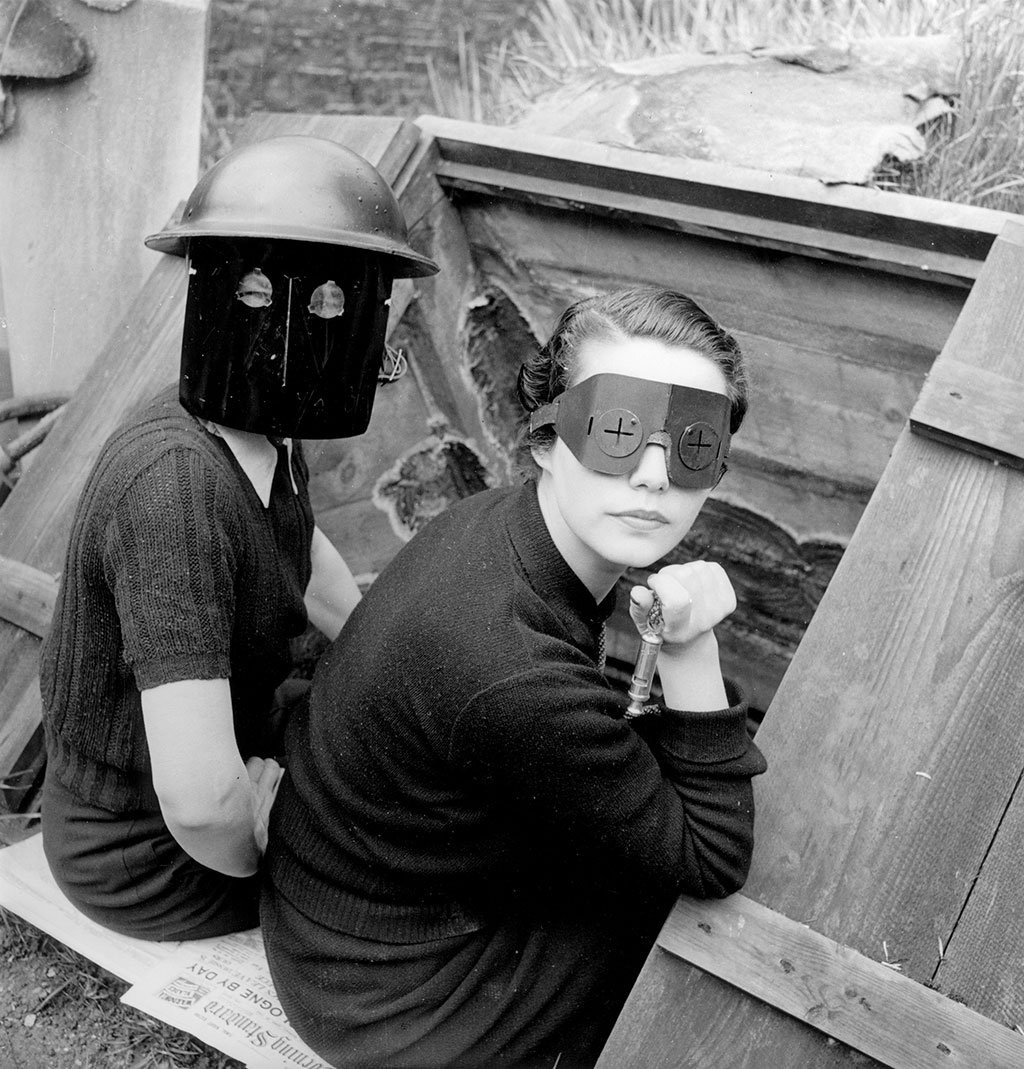
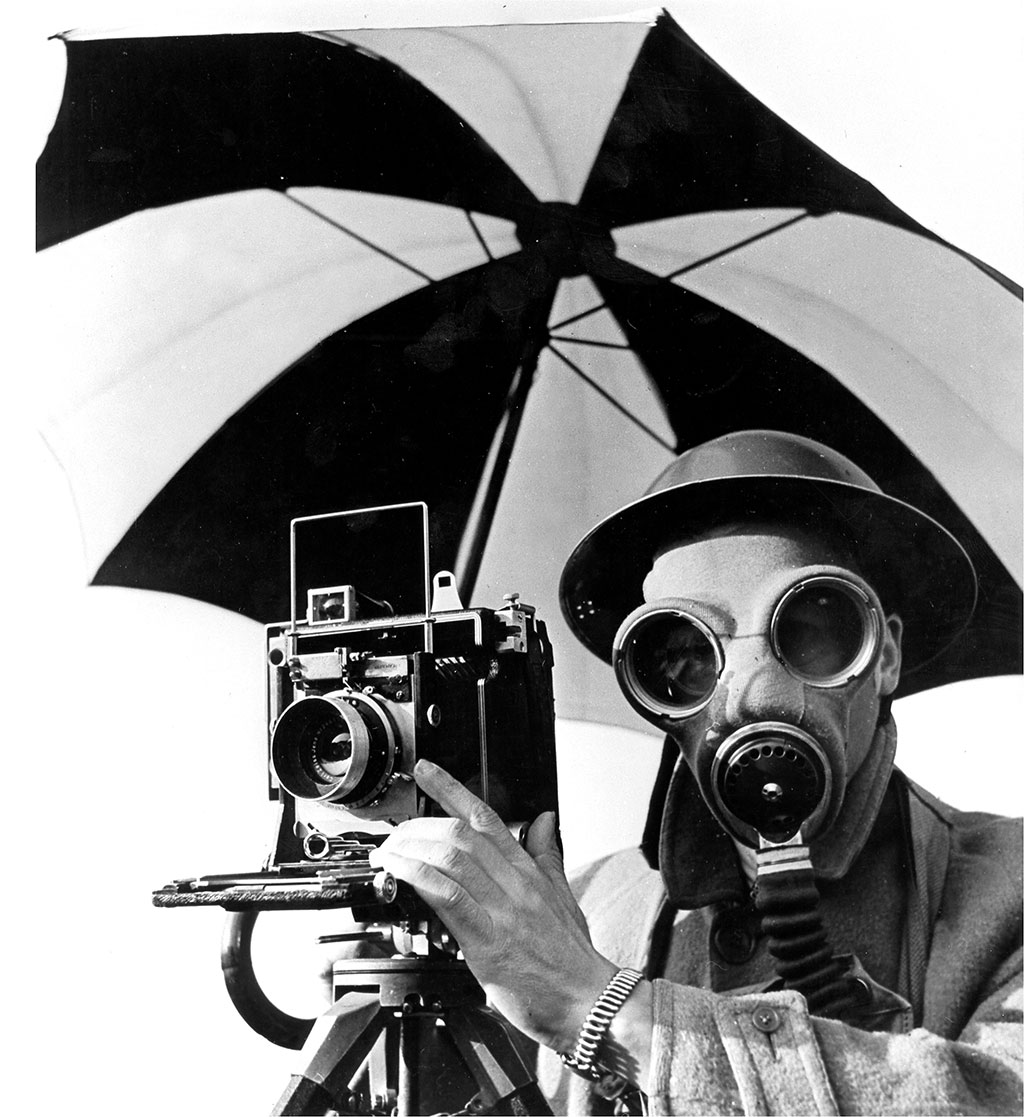
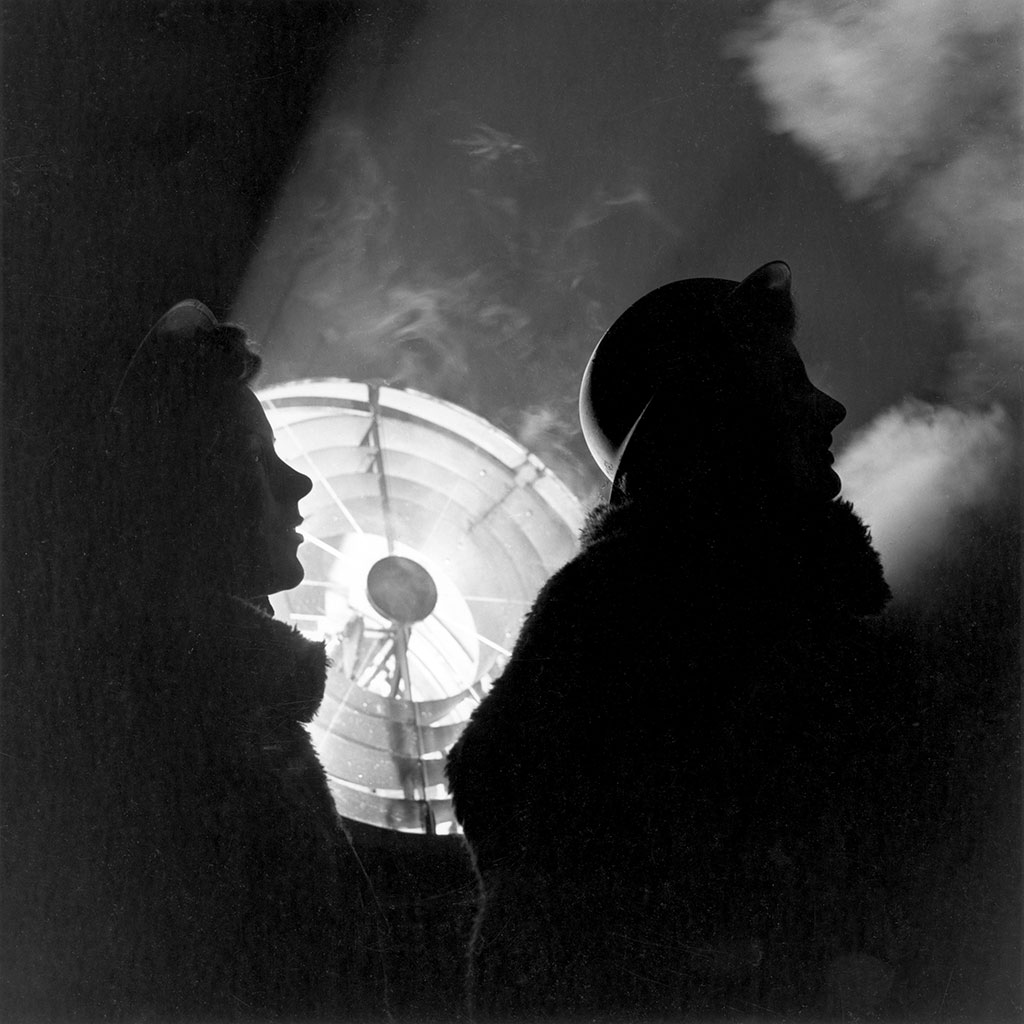
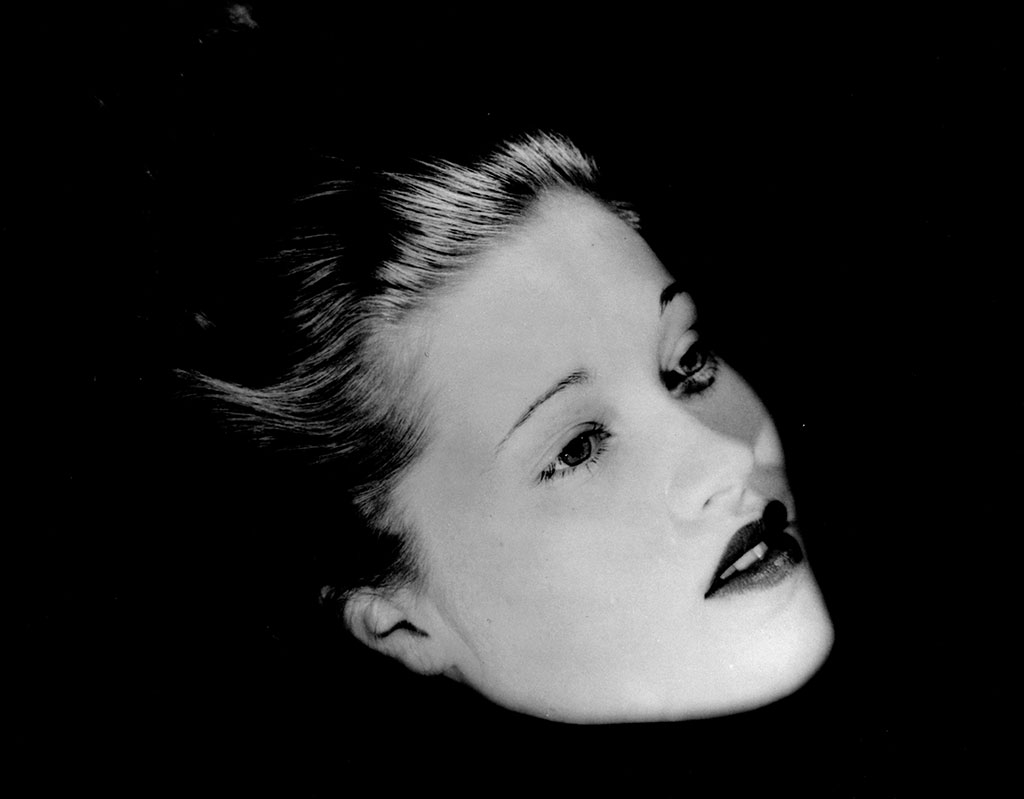
![Lee Miller, Nude bent forward [thought to be Noma Rathner], Paris, 1930, © Lee Miller Archives England 2020. All Rights Reserved. www.leemiller.co.uk](http://www.dreamideamachine.com/web/wp-content/uploads/2020/08/05_Lee-Miller.jpg)
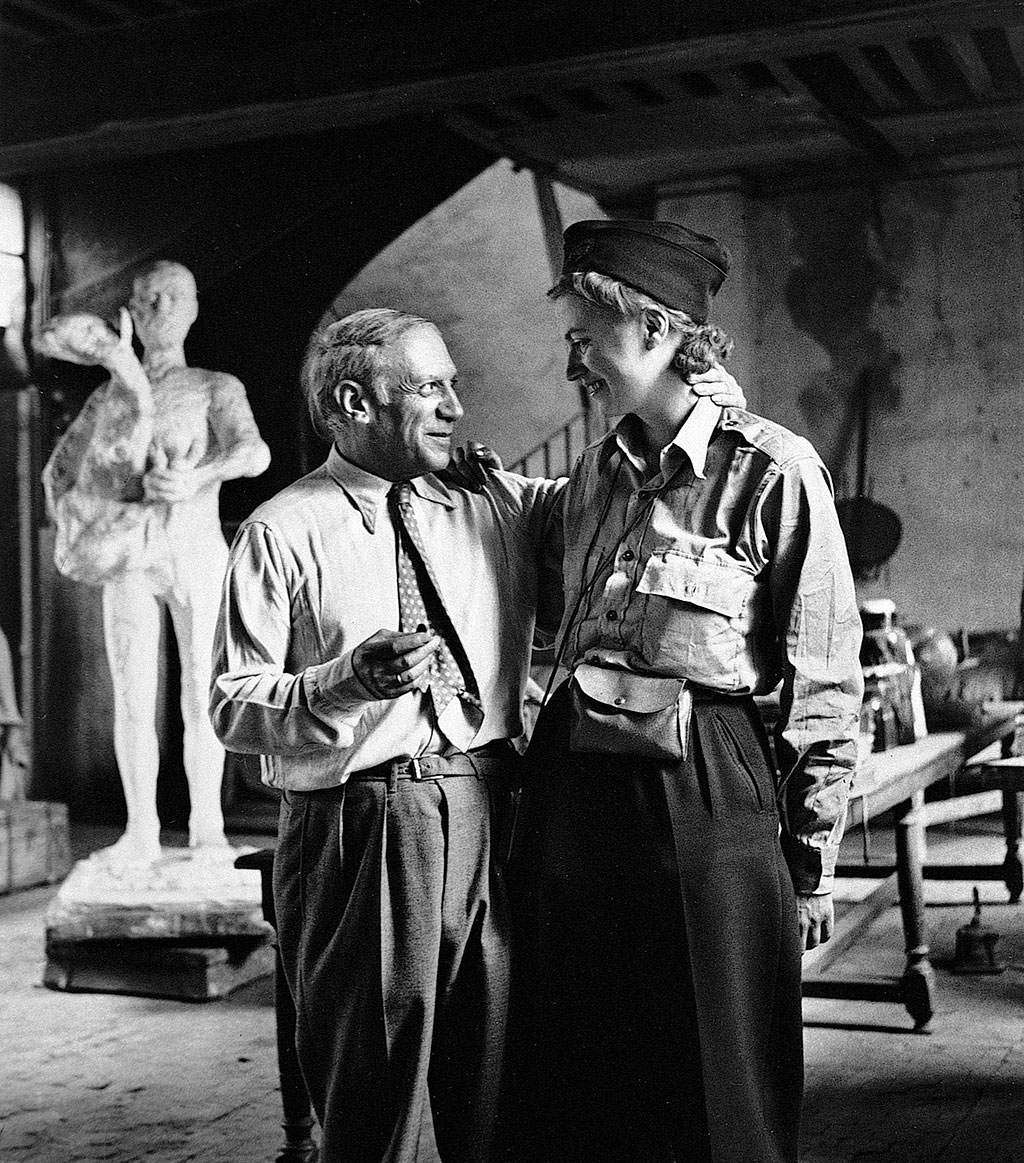
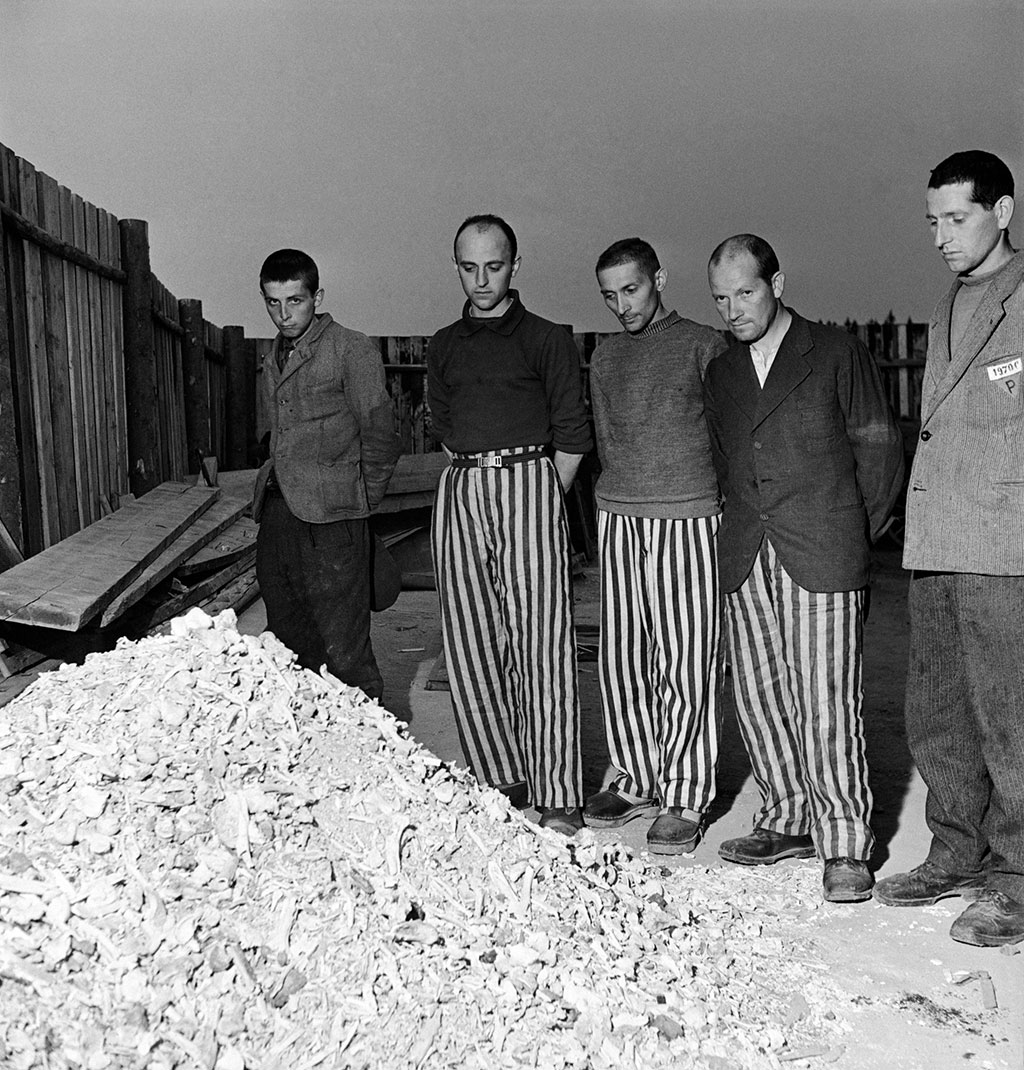
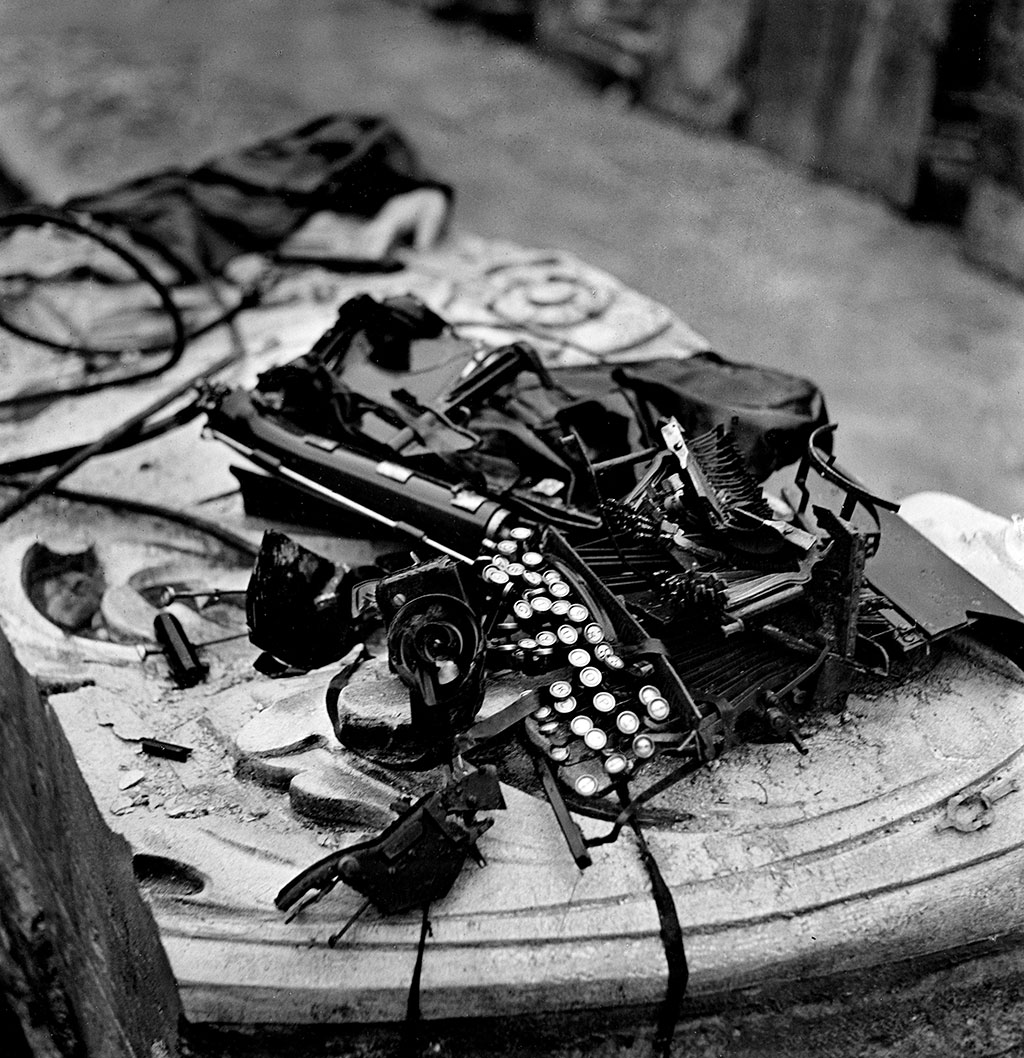
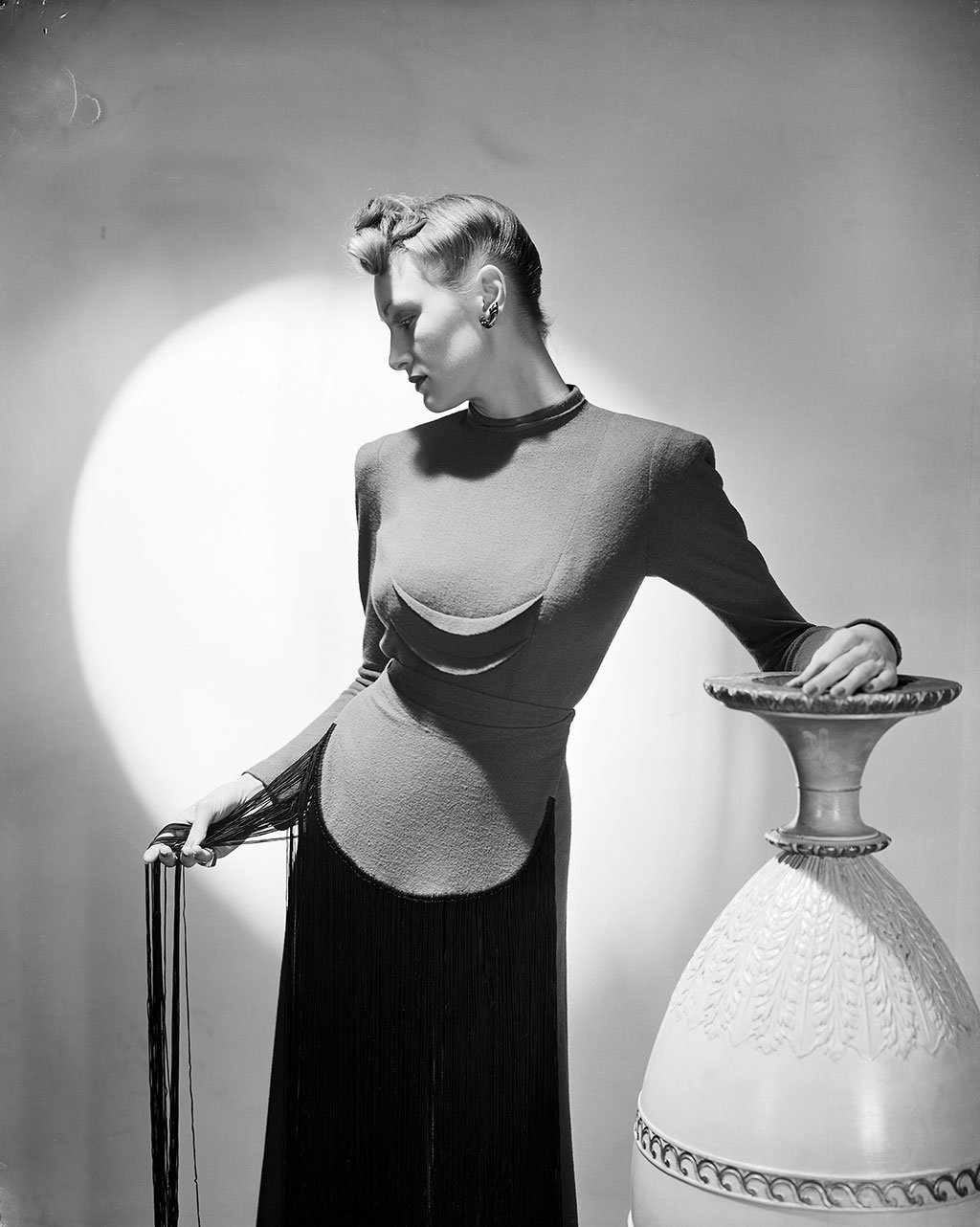
![Lee Miller, Untitled [woman with hand on head], Paris, 1931, © Lee Miller Archives Eng-land 2020. All Rights Reserved. www.leemiller.co.uk](http://www.dreamideamachine.com/web/wp-content/uploads/2020/08/11_Lee-Miller.jpg)
